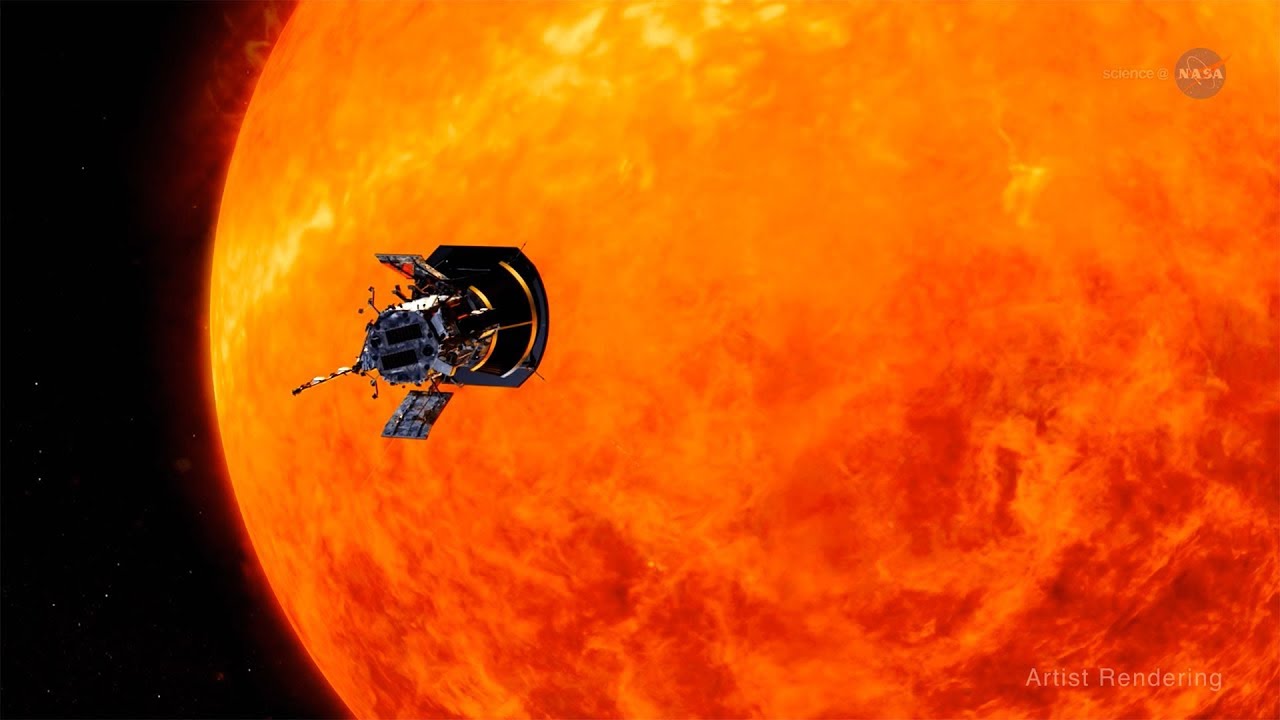As India launched its maiden spacecraft designed to study the Sun, the Aditya-L1, China has also unveiled a roadmap for exploring the solar system, including plans to position “nodes” at gravitational points between the Sun and Earth.
China has outlined a preliminary roadmap to establish a solar system-wide space resource system by 2100 to economically explore, mine, and use water, ice, and mineral resources beyond Earth, according to the SCMP.
The Chinese scientists said that the endeavor, named after Ming dynasty scientist Song Yingxing’s work “Tiangong Kaiwu,” will elevate the global space economy and propel China’s technological progress.
The rapid progression in space technologies is poised to mark a transformative shift in the economic utilization of space resources, extending the frontier of human activity from the Earth-Moon system into the vast expanse of deep space.
According to China, this transition could assume a pivotal role in the ongoing global economic competition among nations.
Beijing’s strategy entails the utilization of gravitationally balanced regions located between celestial bodies, such as planets, the Moon, and the Sun, as nodes for gradual expansion.
The plan includes establishing facilities designed to harness water ice resources from the Moon and nearby celestial objects such as near-Earth asteroids, Mars, main-belt asteroids, and Jupiter’s moons.
The ultimate objective is to construct a resupply infrastructure that spans our solar system.
According to the plan, these resource-utilizing facilities could potentially be positioned at specific locations, such as the gravitationally stable Lagrange points 1 and 2, situated between Earth and the Moon, as well as at points positioned between the Sun and three planets – Earth, Mars, and Jupiter.
In addition to establishing resupply systems, an infrastructure would be developed to encompass various elements, including resource transport routes and extraterrestrial mining and processing stations.
These critical components are planned to support and enable large-scale commercial operations in deep space resource utilization.
Chinese scientists believe there are around 122 asteroids near Earth that are deemed economically viable for mining.
However, the required technology for this endeavor is anticipated to be developed within the timeframe stretching from 2035 to 2100.
Solar Missions Of Different Agencies
While the announced plan provides insight into China’s ambitions in space resource utilization, there is a possibility that China may undertake missions to the Sun in the future. However, this specific aspect was not explicitly mentioned in the Chinese media.
However, China and Japan have launched their own solar observatory missions in the past, but these missions are focused on Earth’s orbit.
China currently operates two spacecraft orbiting Earth, one of which is the Advanced Space-based Solar Observatory, launched in 2022, aimed at studying solar flares and coronal mass ejections.
On the other hand, the Hinode mission, supported by space agencies from Japan, the UK, the US, and Europe, is also in Earth’s orbit and is dedicated to measuring the Sun’s magnetic fields.
Therefore, if successful, the latest mission conducted by the Indian Space Research Organization (ISRO) will mark the first time any Asian nation has placed a spacecraft in orbit around the Sun.

NASA, the leading agency in space exploration, has maintained its prominence in solar missions as well. In 1995, NASA collaborated with the European Space Agency (ESA) and Japan Aerospace Exploration Agency (JAXA) to initiate the SOHO mission.
Subsequently, NASA successfully oversaw various missions, including the launch of the Advanced Composition Explorer in August 1997, the Solar Terrestrial Relations Observatory in 2006, the Solar Dynamics Observatory in 2010, and the Interface Region Imaging Spectrograph (IRIS) in 2013.
A notable achievement came in 2018 when NASA launched the Parker Solar Probe, which, three years later, accomplished a historic feat by becoming the first spacecraft to ‘touch’ the Sun. The primary goal of this mission was to investigate the intriguing phenomenon known as solar coronas.
The European Space Agency (ESA) has also undertaken numerous solar missions in partnership with NASA and JAXA. In 1990, ESA oversaw the Ulysses mission, dedicated to studying the Sun’s polar regions and their surroundings.
Additionally, ESA was at the helm of the Project for On-Board Autonomy-2 (Proba-2) mission in 2001, which included two solar observation experiments.
ESA has more plans for solar exploration in the near future. In 2024 and 2025, they are scheduled to launch the Proba-3 and Smile missions, further advancing our understanding of the Sun and its phenomena.
- Contact the author at ashishmichel(at)gmail.com
- Follow EurAsian Times on Google News




